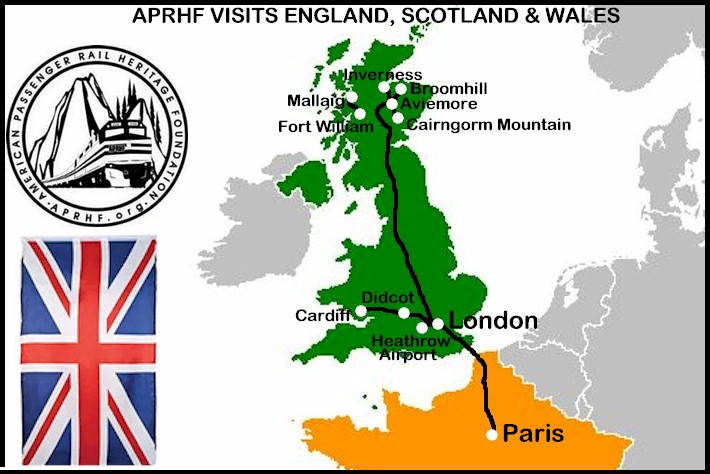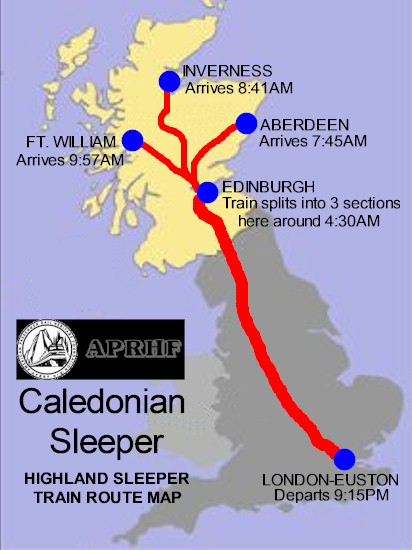



































Finally, If you enjoyed our writing, we would also encourage you to check out the 11 "Outside the Rails" railroad route guidebooks that we published for the various Amtrak passenger rail routes through the Upper Midwest. They are available on our website, www.MidwestRails.com. Our new e-book versions and train guide podcasts are also available here. We also feature the guidebooks written by Eva Hoffman for various Amtrak railroad lines in the west and east!